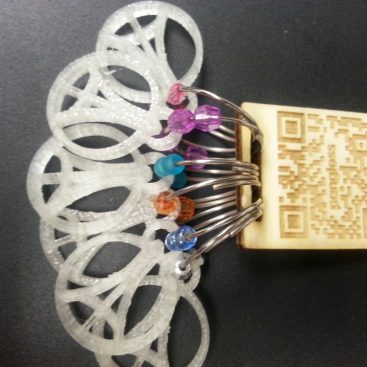Heart rate variability is the fact that our heart rate is not constant, but vary in time. It results from the activity of the vagal and sympathetic neuronal circuit, that respectively slow down and speed up the heart rate. The vagal system acts on a short time scale (few seconds), while the sympathetic acts on a longer time scale on the heart rate.
The consequence is that the heart rate oscillate during time, in an oscillating manner (sequence of slow, speed up, slow etc). The amplitude of heart rate change, as well as its regularity, are affected by different physiological factors such as age, cardiac problems, consumption of alcohol or tobacco, but also by our emotional state.
This experiment presented for the fête de la science in 2017 aims to demonstrate that our emotion affect our heart rate change in a measurable and visible manner, over short period of time. And it succeeded incredibly well.
The setup is made of a pulse sensor, an arduino and a python Qt interface developed by myself. The interface allows to compare the acquisition of the heart rate variability for 3 different emotional situation that are suggested during the experiment (stressed state, calm state, and attention focus state).











